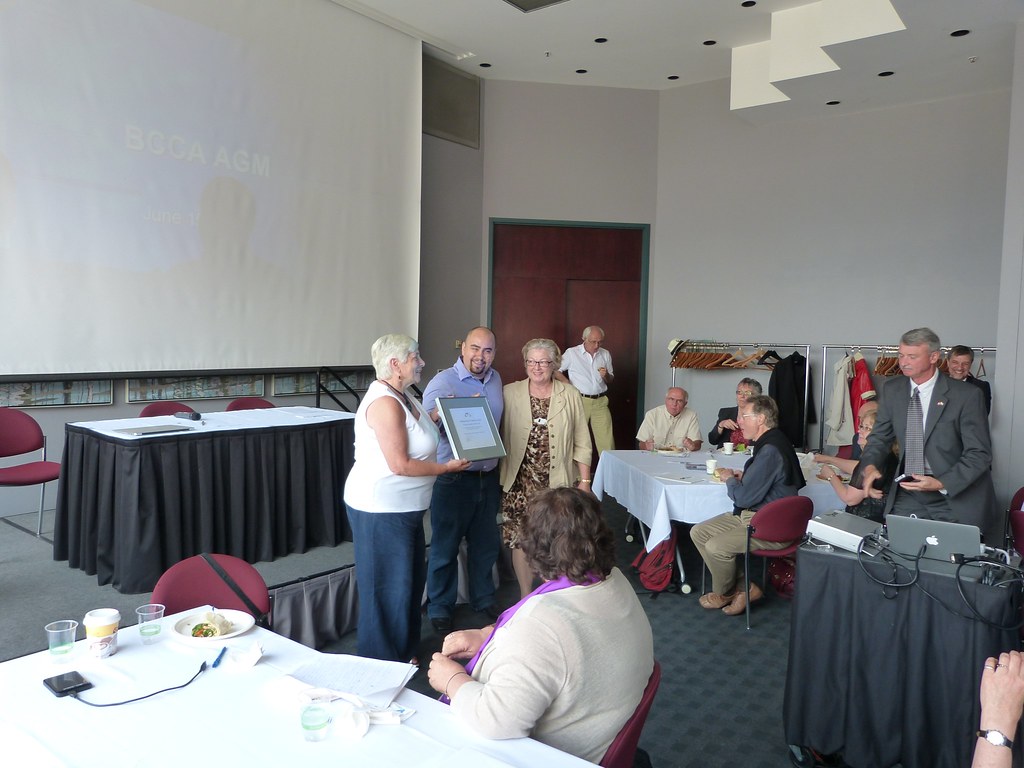Clubbing
Clubbing is a popular nightlife exercise where people gather to socialize, dance, and revel in music in a vibrant environment. Here are some key features of clubbing:

What to Expect at a Club
- Music: Clubs usually feature a variety of music genres, including digital dance music, hip-hop, or live performances.
- Dancing: One of the primary attractions of clubbing is dancing, whether or not it is on the primary floor or in designated dance areas.
- Drink Specials: Many clubs supply drink promotions or themed nights to attract crowds.
Tips for Enjoying a Night Out
- Dress Code: Check the membership’s dress code before going to ensure you’re appropriately dressed.
- Stay Safe: Always pay consideration to your surroundings, and contemplate going with friends for added safety.
- Have a Plan: Decide on a time to go away, and prepare for transportation to ensure a safe journey residence.
Clubbing could be a thrilling experience, offering a chance to unwind and have enjoyable in a energetic setting. Just bear in mind to take pleasure in responsibly!
Clubbing is a popular nightlife exercise where people collect in clubs to enjoy music, dance, and socialize. It typically contains a vibrant ambiance, with dim lighting and energetic soundtracks that encourage friends to let free and have fun.
Music and Dance
The heart of any clubbing experience is the music. DJs and stay performers play quite so much of genres, together with house, techno, hip-hop, and more. The beat typically drives the crowd, creating an immersive surroundings where folks can specific themselves by way of dance.
Socializing
Clubbing also serves as a social hub, the place friends collect and meet new folks. Many clubs host themed nights, encouraging visitors to decorate up and enjoy a shared experience. This social side can result in lasting friendships and memorable nights out.
Safety and Etiquette
While clubbing can be an exhilarating experience, it’s essential to prioritize security. Always pay attention to your surroundings and look out on your pals. Additionally, observing frequent club etiquette, like respecting personal area and staying well mannered, enhances the expertise for everybody concerned.
Conclusion
Overall, clubbing is a dynamic and pleasant activity that brings people together via music and dance. It’s a space for creativity, expression, and leisure, making it a staple of modern nightlife culture.
Clubbing is a popular nightlife activity that offers a vibrant environment filled with music, dancing, and socializing. Here are some insights about clubbing:
What to Expect When Clubbing
- Music: Clubs typically characteristic varied genres, from digital dance music (EDM) to hip-hop.
- Atmosphere: Expect a vigorous environment, typically filled with colourful lights and energetic crowds.
- Dress Code: Many golf equipment have specific gown codes; trendy and stylish attire is often most well-liked.
Tips for a Great Night Out
- Plan Ahead: Check the club’s schedule for particular events or 하이오피주소 guest DJs.
- Stay Safe: Keep an eye fixed on your belongings and contemplate pre-arranging transportation.
- Hydrate: Drink water throughout the night to remain hydrated, especially if consuming alcohol.
Whether you’re a seasoned clubber or a first-timer, understanding the scene can improve your general experience.










.jpg)

